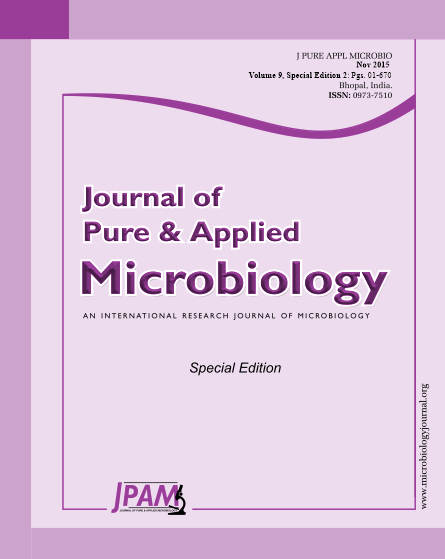To study the effect of drought stress on nutrients uptake and physiological traits of seven rapeseed advanced lines, a two year experiment was conducted under greenhouse condition. The experiments were laid out in CRD factorial with three replications. A highly significant decline was observed in chlorophyll a and b content, relative water content, and biomass of oilseed rape lines under drought stress, while total soluble sugars content enhanced in this condition. The results showed that phosphate was the most abundant ion in leaves under both stress and non-stress conditions. The concentration of nutrients was also affected by drought and mostly diminished under stress condition. Water deficit significantly reduced nitrate, phosphate, sulfate, ammonium, calcium and manganese ions uptake, which was greater for phosphate than the other ions. In contrast, the concentration of nitrite increased. Also among inorganic forms of nitrogen (nitrate, nitrite and ammonium), the highest and the lowest sensitivity to soil moisture content was observed in ammonium and nitrate, respectively. In conclusion, improving nutritional status of rapeseed lines under drought stress condition is essential to diminish detrimental effects of water deficit.
Rapeseed (Brassica napus), Drought stress, Nutrient uptake; Physiological responses
© The Author(s) 2015. Open Access. This article is distributed under the terms of the Creative Commons Attribution 4.0 International License which permits unrestricted use, sharing, distribution, and reproduction in any medium, provided you give appropriate credit to the original author(s) and the source, provide a link to the Creative Commons license, and indicate if changes were made.


